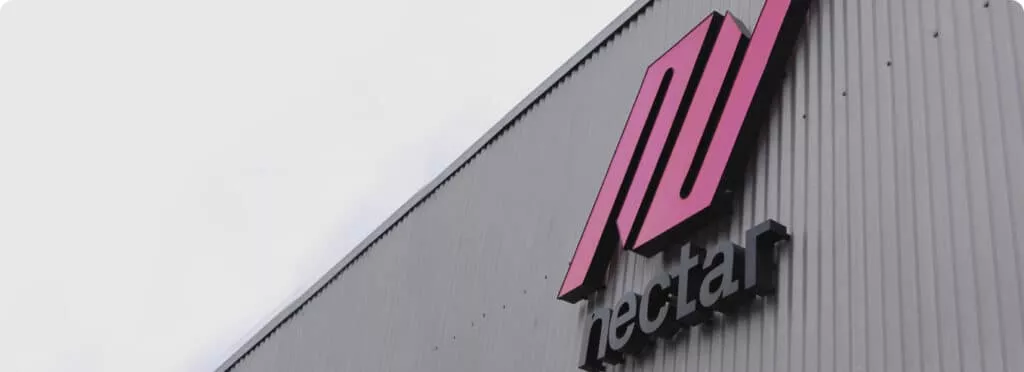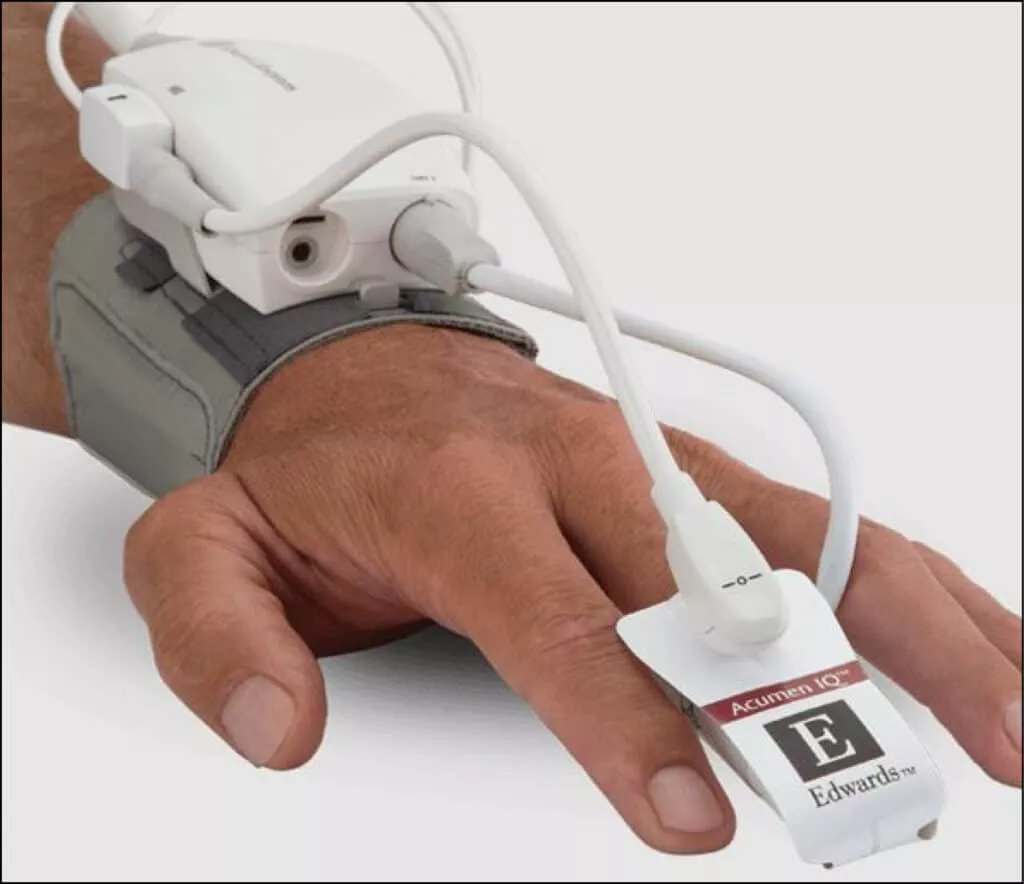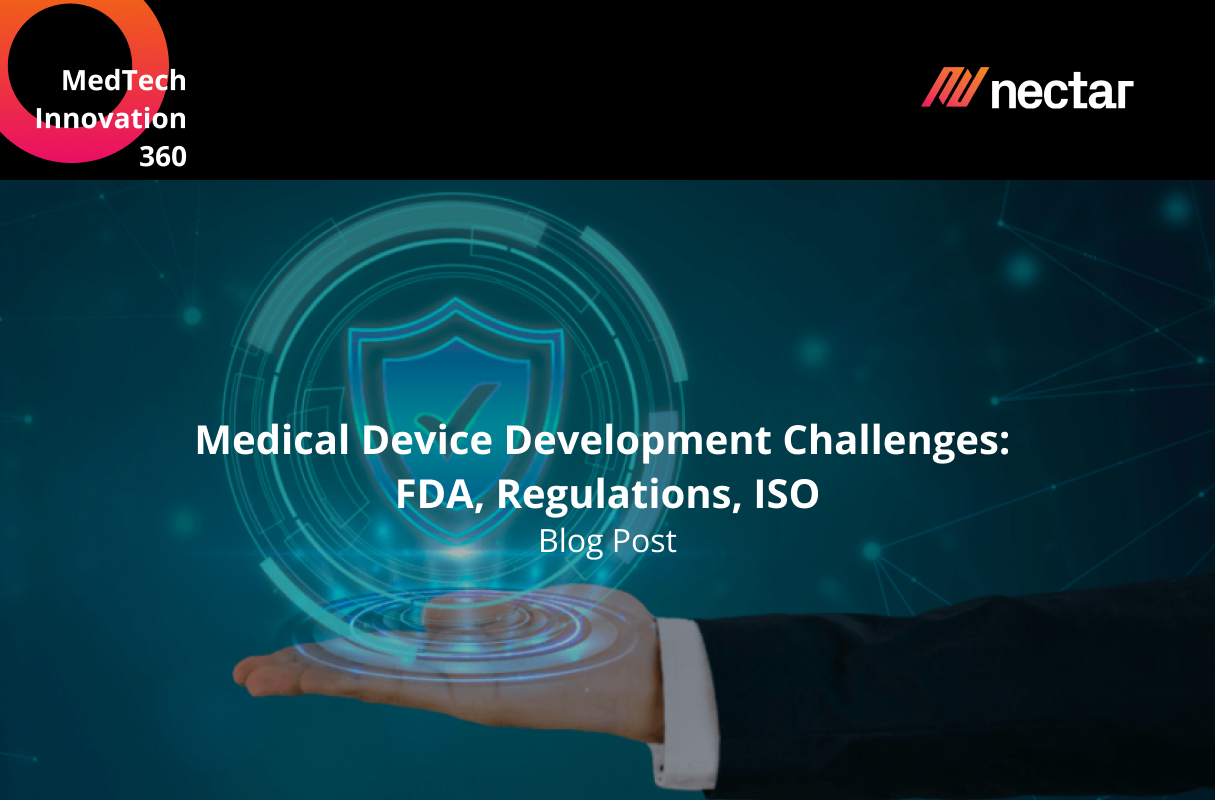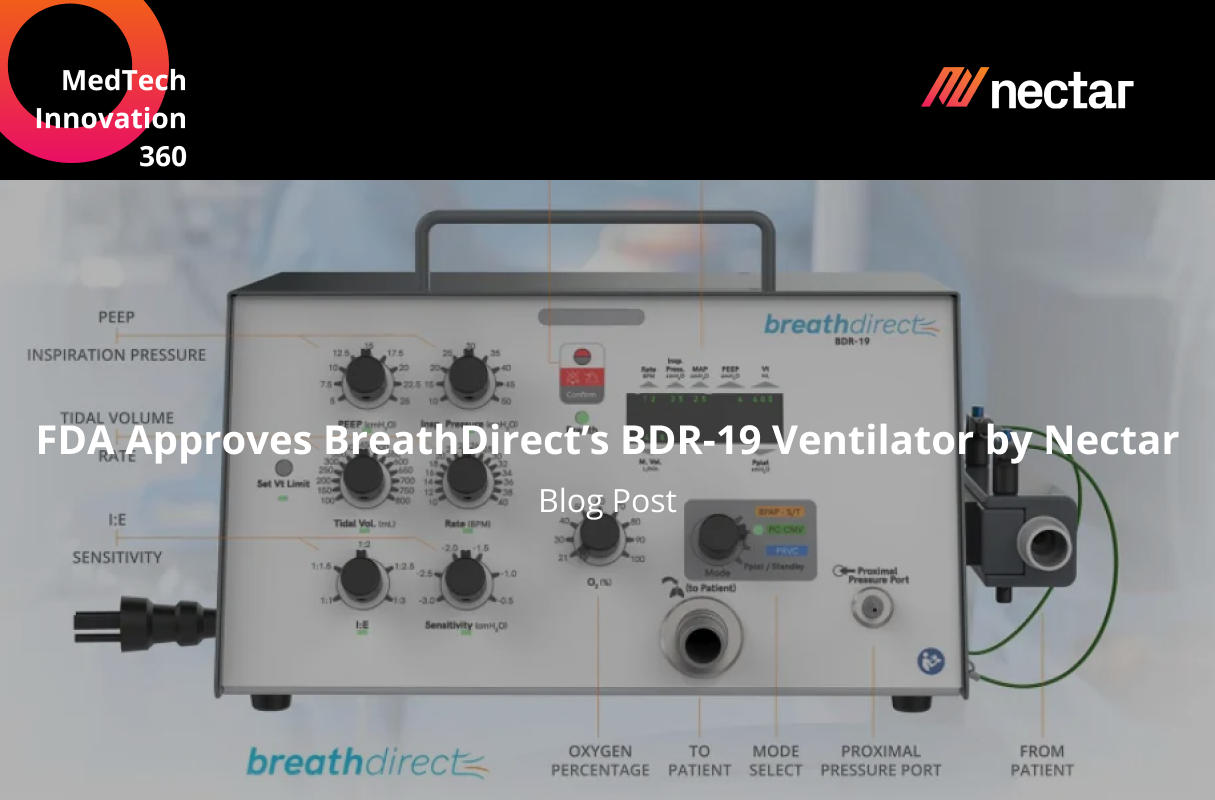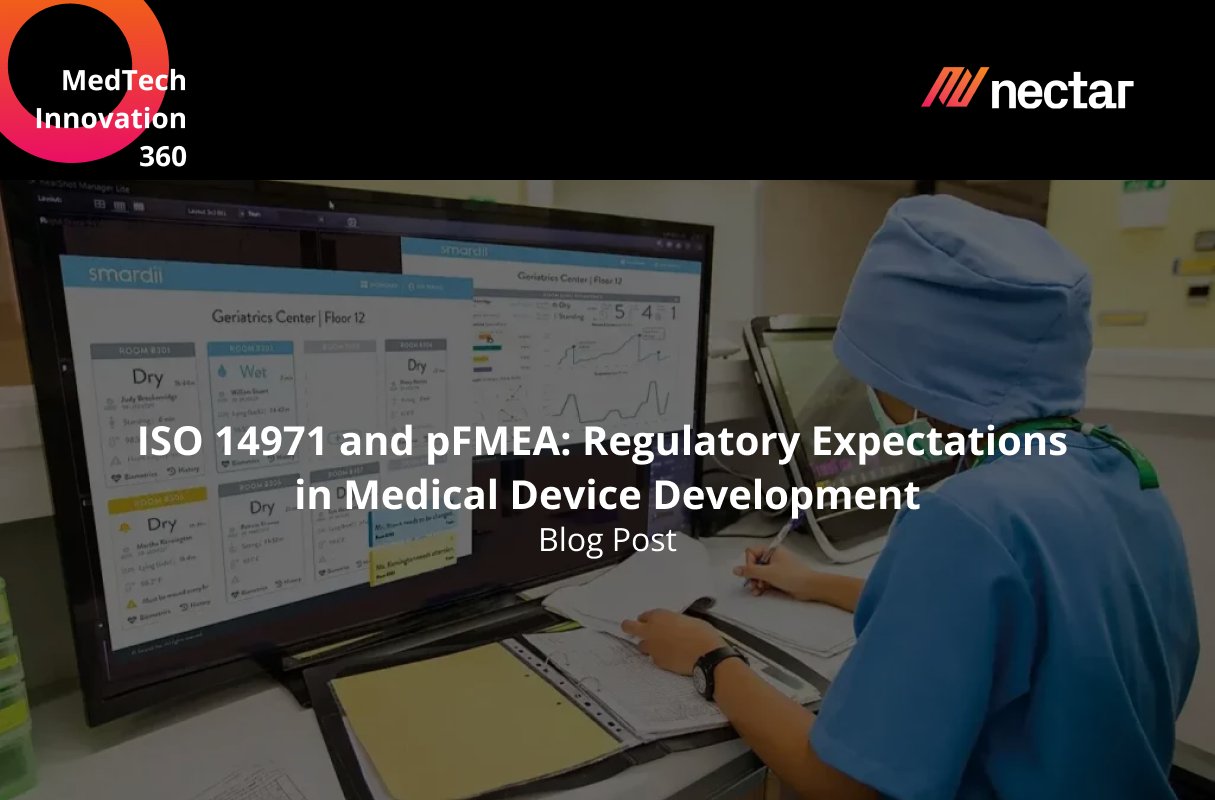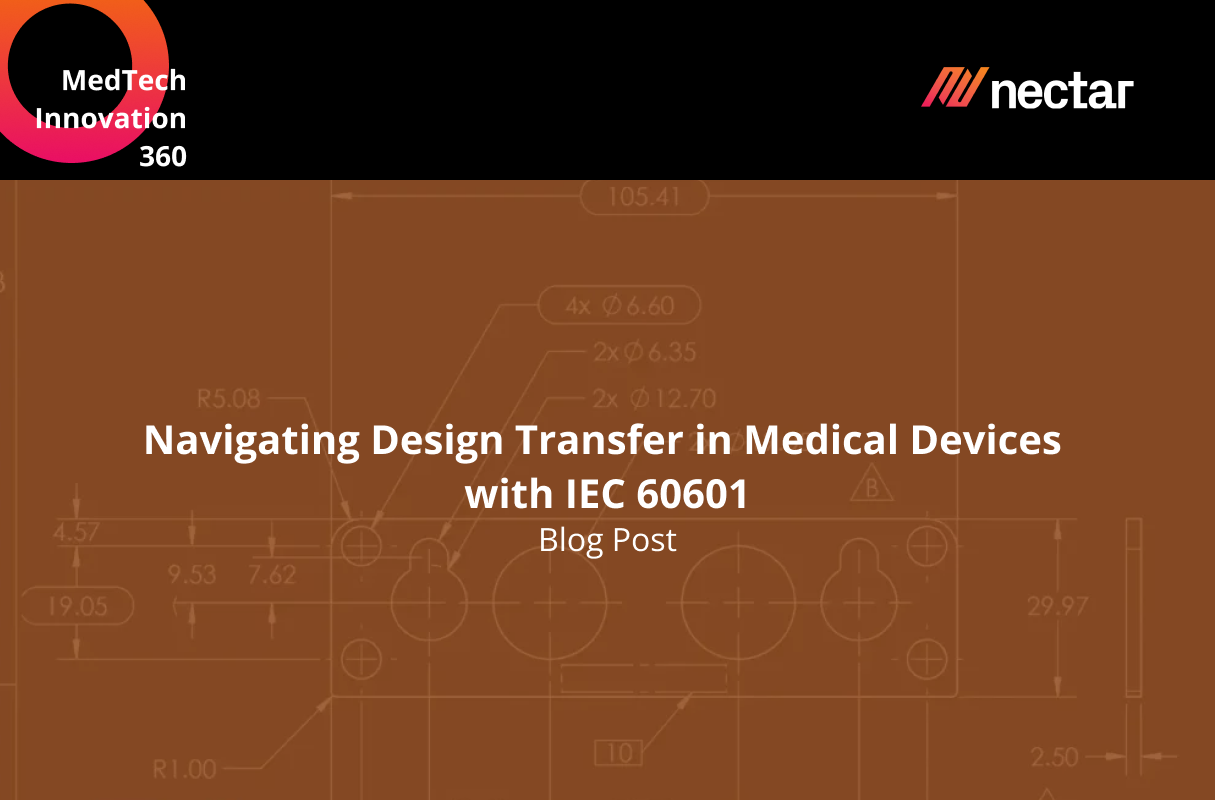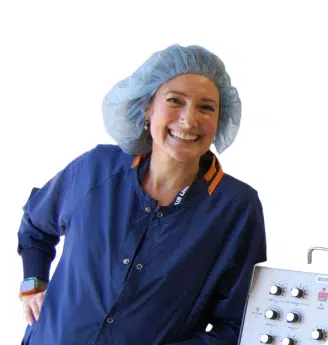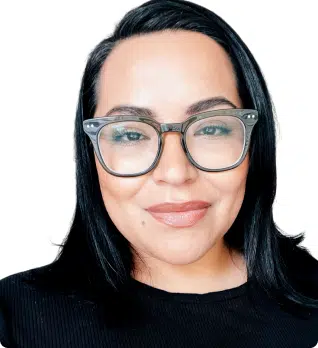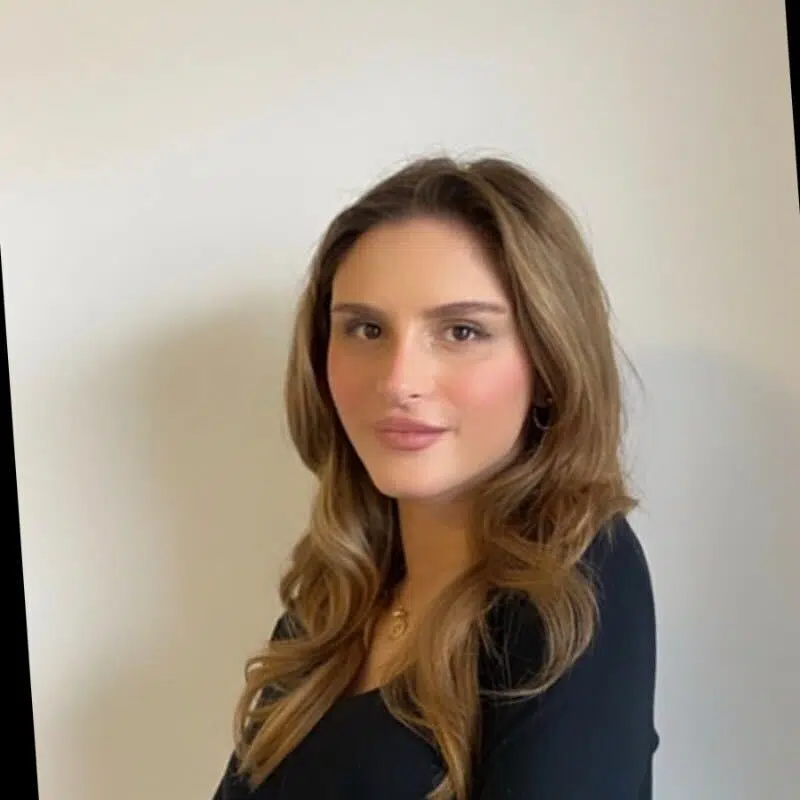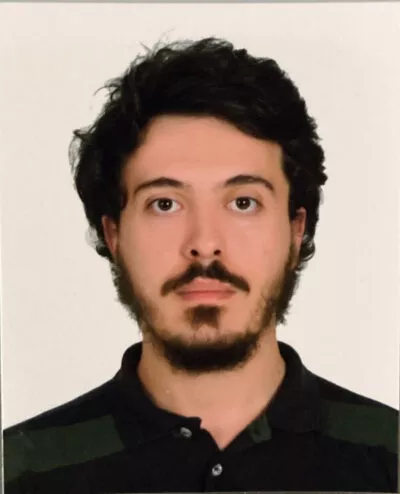Introduction to In Vitro Diagnostic Devices (IVDD)
In vitro diagnostic devices (IVDD), pivotal to modern healthcare, are instrumental in the early detection, diagnosis, and monitoring of diseases. These in vitro diagnostic medical devices analyze samples like blood, urine, and tissue, offering critical insights that aid healthcare professionals in making informed medical decisions. With the evolution of technology, the medical device design and regulations evolve correspondingly, highlighting the importance of the In Vitro Diagnostic Regulation (IVDR) in guaranteeing the safety and efficacy of IVDD.
What is IVDR and why is it important?
The In Vitro Diagnostic Regulation (IVDR) stands as a stringent regulatory framework by the European Union (EU) to uphold the safety, performance, and reliability of in vitro diagnostic devices.
The evolution from the In Vitro Diagnostic Directive (IVDD) to the In Vitro Diagnostic Regulation (IVDR) signifies a significant shift in the regulatory framework governing in vitro diagnostic medical devices within the European Union. The IVDR, which replaced the IVDD, aims to enhance patient safety and ensure the reliability and performance of in vitro diagnostic devices. It introduces stricter requirements for clinical evidence, post-market surveillance, and the classification of IVDs, along with the implementation of a new risk-based classification system. Additionally, the IVDR places greater emphasis on the traceability and transparency of IVDs throughout the supply chain, ultimately aiming to foster innovation while safeguarding public health. This transition from IVDD to IVDR reflects an overarching commitment to adapt to technological advancements and align with international standards, ultimately improving the quality and safety of in vitro diagnostic medical devices in the EU market.
The significance of IVDR is rooted in its objective to bolster patient safety and public health by enhancing the quality, safety, and performance of in vitro diagnostic medical devices. Adhering to IVDR means that these devices are subjected to comprehensive evaluations, adhere to exacting standards, and are monitored post-market to identify any potential risks or defects, thereby ensuring robust medical device design.
Key regulations and requirements of IVDR
IVDR introduces an array of critical regulations and stipulations that manufacturers and stakeholders must comply with. These encompass risk management, technical documentation, performance evaluations, post-market performance follow-up, device labeling, Unique Device Identification (UDI), and quality management system requirements, all of which are integral to the medical device design process.
Understanding risk classifications for IVD devices
A cornerstone of IVDR compliance is the ivdr classification of in vitro diagnostic devices according to their risk levels. Manufacturers are tasked with identifying the correct device classification for their products, as each class is subject to varying conformity assessment requisites, which are essential components of risk management.
Technical documentation for IVDR compliance
Manufacturers must compile comprehensive technical documentation to prove their in vitro diagnostic devices’ compliance with IVDR regulations. This documentation, a testament to meticulous medical device design and design control, should detail the device’s design, manufacturing processes, performance, and safety attributes. It serves as a testament to the device’s rigorous testing and evaluation, ensuring alignment with IVDR standards.
Performance evaluations and performance studies
IVDR underscores the necessity of conducting performance evaluations and performance studies to ascertain the analytical and clinical performance of in vitro diagnostic devices. These crucial assessments, which generate clinical data, are designed to validate the device’s precision, dependability, and clinical value. Manufacturers are mandated to execute these evaluations in accordance with designated standards and meticulously document the findings to affirm compliance with IVDR.
Post-market performance follow-up and surveillance
Post-market surveillance, a pivotal element of IVDR compliance, entails vigilant monitoring of in vitro diagnostic devices’ performance and safety once they are available on the market. Stakeholders, including manufacturers, must implement a thorough risk management process to gather and scrutinize data on the device’s performance, paying special attention to any adverse events or incidents. This crucial data informs the identification of potential risks or issues, enabling the execution of appropriate corrective measures to prioritize patient safety.
Device labeling and Unique Device Identification (UDI)
For IVDR compliance, meticulous device labeling and the integration of Unique Device Identification (UDI) are indispensable. Manufacturers are tasked with ensuring that device labeling is transparent and precise, offering essential information such as the device’s intended use, user instructions, and any necessary warnings or precautions. Moreover, the assignment of a UDI to each device is mandatory, facilitating its traceability and recognition throughout its lifecycle, thus reinforcing patient safety and regulatory adherence.
Quality management system requirements for IVDR compliance
To maintain unwavering compliance with IVDR, manufacturers must develop and sustain a comprehensive quality management system (QMS). This system, covering the entire spectrum of the medical device design and lifecycle, including manufacturing and post-market processes, acts as a structured framework to guarantee adherence to IVDR standards and uphold the safety and efficacy of the device.
Examples of IVD devices and their compliance with IVDR
Delving into the practical aspects of IVDR compliance, we can examine various in vitro diagnostic devices, such as blood glucose monitors, pregnancy tests, genetic testing kits, and HIV diagnostic tools. Each device is categorized within a specific device classification and must conform to IVDR regulations to assure their safety and effectiveness for users.
IVDR Compliance for Different Device Classes
In vitro diagnostic medical devices (IVDR) are categorized into different classes based on their intended use and risk to patients. The IVDR regulation classifies devices into four risk classes – A, B, C, and D, with class D representing the highest risk. Each class has its own set of conformity assessment procedures and requirements to ensure compliance with the regulation. Class A devices, which pose the lowest risk, require self-certification by the manufacturer based on general safety and performance requirements. Class B and C devices, which pose moderate to high risk, necessitate the involvement of a notified body to assess conformity to the regulation’s specific requirements. Class D devices, being the highest risk category, mandate the most rigorous conformity assessment procedures, involving the notified body at every stage. Therefore, understanding the classification of in vitro diagnostic medical devices is crucial for manufacturers to ensure compliance with the IVDR regulation.
IVDR compliance services and resources
Navigating IVDR compliance is a multifaceted endeavor, compelling manufacturers and stakeholders to decode a myriad of regulations and stipulations. However, specialized IVDR compliance services and resources stand ready to aid in this intricate process. These services provide essential guidance, training, and support, ensuring that manufacturers grasp and fulfill their IVDR obligations, while regulatory bodies and industry groups offer invaluable resources and updates to keep all parties aligned with the latest IVDR compliance requirements.
Implementing the In Vitro Diagnostic Regulation (IVDR) can be a complex task, requiring careful planning and execution. Several strategies can help ensure effective implementation of the IVDR. Firstly, organizations should conduct a thorough gap analysis to identify areas that need to be addressed to meet the new regulatory requirements. This involves assessing current processes, documentation, and product portfolio against the IVDR standards.
Additionally, investing in staff training and education is crucial to ensure that all employees understand their roles and responsibilities in compliance with the new regulation. Furthermore, establishing clear communication channels within the organization is essential to disseminate information about the IVDR requirements and updates effectively. Collaborating with competent authorities and seeking expert guidance can also aid in navigating the complexities of IVDR implementation.
Finally, maintaining a proactive approach to remain informed about any changes or updates to the regulation is vital for ongoing compliance. By employing these strategies, organizations can optimize their IVDR implementation process and ensure adherence to the regulatory standards.
Adapting to Changes in IVDR Regulations
Adapting to changes in the In Vitro Diagnostic Medical Devices Regulation (IVDR) is crucial for companies operating in the medical devices industry. The IVDR brings about significant changes in the way in vitro diagnostic medical devices are regulated, requiring manufacturers to meet stricter requirements for performance evaluation, clinical evidence, and post-market surveillance. Companies need to invest in resources and expertise to ensure compliance with the new regulations. This may involve re-evaluating product portfolios, conducting additional clinical studies, and enhancing quality management systems.
Furthermore, proactive engagement with notified bodies and competent authorities is essential to navigate the complexities of the new regulatory landscape. By embracing these changes, companies can not only ensure compliance but also enhance the safety and performance of their products, ultimately benefiting patients and healthcare systems.
Achieving Long-term IVDR Compliance
To achieve long-term In Vitro Diagnostic Regulation (IVDR) compliance, it is crucial for medical device manufacturers to establish a comprehensive and sustainable regulatory strategy. This involves understanding the specific requirements of the IVDR, conducting thorough gap assessments, and implementing robust quality management systems. Manufacturers should prioritize building a culture of compliance within their organizations, ensuring that all staff are well-trained and aware of their responsibilities in maintaining IVDR compliance.
Furthermore, establishing strong post-market surveillance and vigilance processes is essential for ongoing compliance, as is maintaining clear and transparent documentation throughout the product lifecycle. Regularly monitoring and adapting to regulatory updates and changes is also crucial for long-term IVDR compliance, as the regulatory landscape continues to evolve. By proactively addressing these key areas, manufacturers can position themselves for sustained compliance with the IVDR, ensuring the safety and effectiveness of their in vitro diagnostic medical devices for the long term.
Conclusion
Adherence to In Vitro Diagnostic Regulation (IVDR) is fundamental for the assurance of safety, performance, and dependability of in vitro diagnostic devices. IVDR’s stringent regulations and criteria are designed to bolster patient safety and public health by enhancing the quality, safety, and performance of these devices. By mastering key regulations such as risk management, medical device design, postmarket surveillance, and regulatory compliance, manufacturers can steer through the compliance landscape effectively.
For more information on IVDR compliance and in vitro diagnostics device design and development, contact our experts today.
